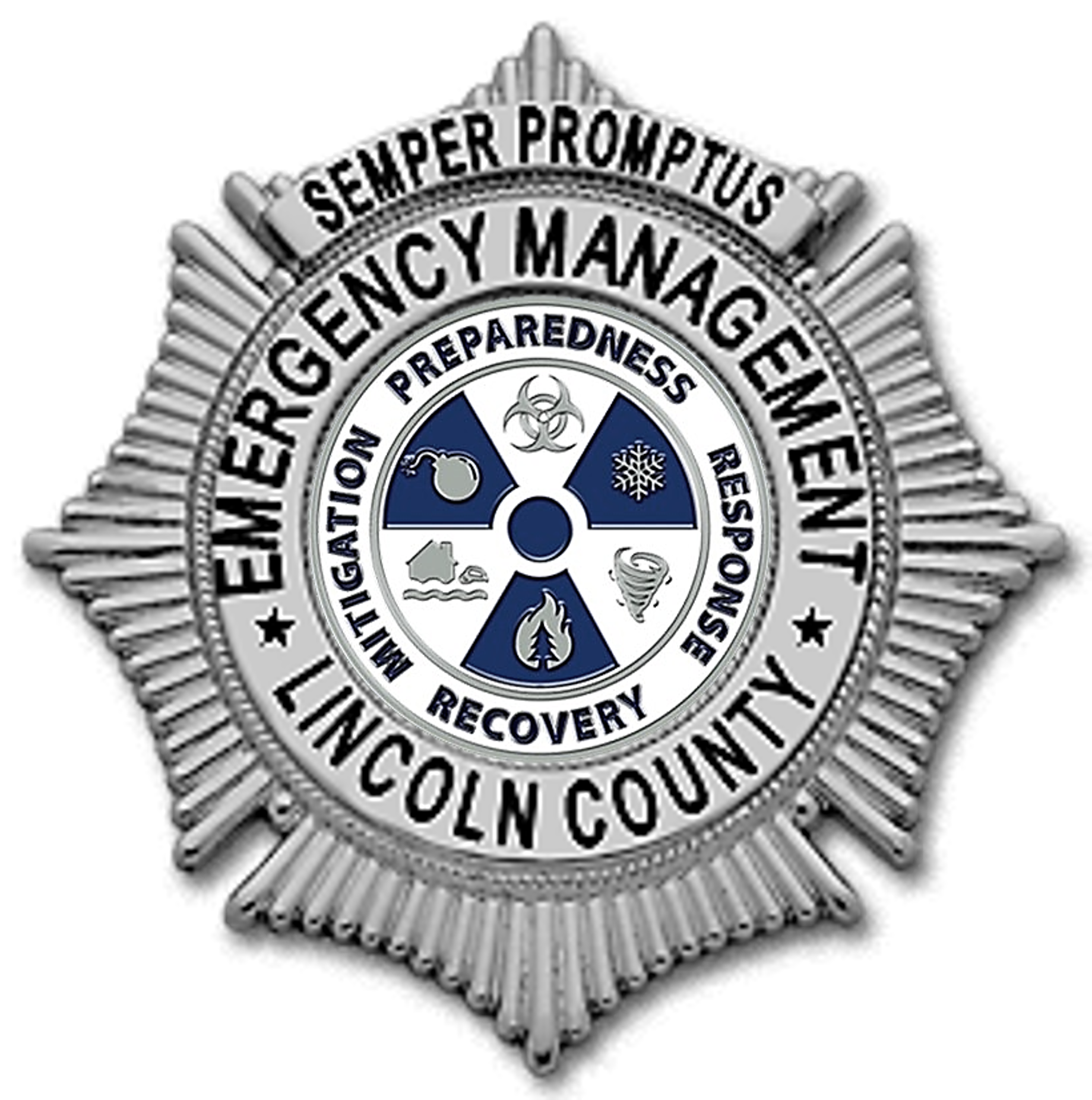Family Disaster Plan
Families should be prepared for all hazards that could affect their area. NOAA’s National Weather Service, the Federal Emergency Management Agency, and the American Red Cross urge every family to develop a family disaster plan.
Weather Related Injury/Fatality Statistics
Where will your family be when disaster strikes? They could be anywhere—at work, at school, or in the car.
How will you find each other? Will you know if your children are safe? Disaster may force you to evacuate your neighborhood or confine you to your home. What would you do if basic services—water, gas, electricity, or telephones—were cut off?
Follow these basic steps to develop a family disaster plan:
- Gather information about hazards. Meet with your family to create a plan.
- Implement your plan. Contact your local National Weather Service office, emergency management office, and American Red Cross chapter. Find out what type of disasters could occur and how you should respond. Learn your community’s warning signals and evacuation plans.
- Discuss the information you have gathered. Pick two places to meet: a spot outside your home for an emergency, such as fire, and a place away from your neighborhood in case you can’t return home. Choose an out-of-state friend as your “family check-in contact” for everyone to call if the family gets separated. Discuss what you would do if advised to evacuate.
- Post emergency telephone numbers by phones
- Install safety features in your house, such as smoke detectors and fire extinguishers
- Inspect your home for potential hazards (such as items that can move, fall, break, or catch fire) and correct them
- Have your family learn basic safety measures, such as CPR and first aid; how to use a fire extinguisher; and how and when to turn off water, gas, and electricity in your home
- Teach children how and when to call 911 or your local Emergency Medical Services number
- Keep enough supplies in your home to meet your needs for at least three days. Assemble a disaster supplies kit with items you may need in case of an evacuation. Store these supplies in sturdy, easy-to-carry containers, such as backpacks or duffle bags. Keep important family documents in a waterproof container. Keep a smaller disaster supplies kit in the trunk of your car.
- Copy all legal documents, IDs, deeds, titles, banking information, and any other important forms on 2 encrypted flash drives. Keep one with your person, and another with a trusted family member or friend not living with you. This way if your residence burns/floods or is otherwise destroyed, you will have all information safe in another location.
- Practice and maintain your plan. Ask questions to make sure your family remembers meeting places, phone numbers, and safety rules. Conduct drills. Test your smoke detectors monthly and change the batteries two times each year. Test and recharge your fire extinguisher(s) according to manufacturer’s instructions. Replace stored water and food every 6 months. Contact your local National Weather Service office, American Red Cross chapter, or local office of emergency management for a copy of “Your Family Disaster Plan”
- Emergency/Disaster Plan
A DISASTER SUPPLIES KIT SHOULD INCLUDE:
- A 3-day supply of water (one gallon per person per day) and food that won’t spoil
- one change of clothing and footwear per person
- one blanket or sleeping bag per person
- a first aid kit, including prescription medicines
- emergency tools, including a battery-powered NOAA Weather Radio and a portable radio
- flashlight and plenty of extra batteries
- extra set of car keys and a credit card or cash
- special items for infant, elderly, or disabled family members.
- See the following weather safety links below:



